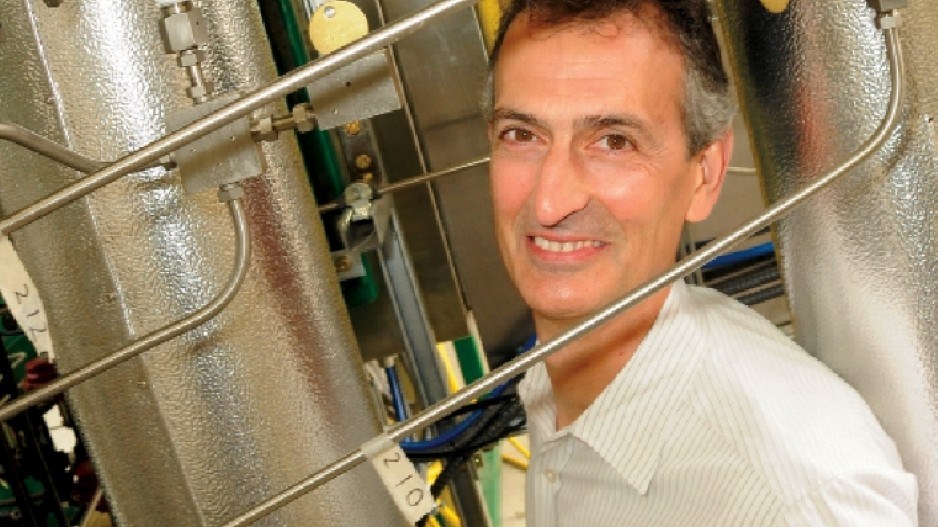Do a chemistry scan of a typical B.C. logger and you're likely to find numerous materials that he either wears or uses in his job that are made from petrochemicals: plastics, carbon fibre, rubber, synthetic textiles and deodorant.
But the molecular building blocks of those materials can also be derived from the trees he cuts down, which is opening up a whole new frontier for the forest industry, especially the pulp and paper sector: biorefining.
"What biorefining offers is a new use for wood," said Mike Rushton, COO of Lignol Innovations Ltd. (TSX-V:LEC).
Lignol's biorefinery pilot plant in Burnaby breaks wood waste down into its main constituents – lignin and cellulose – which can then be refined into a range of fuels, chemicals and compounds. The company hopes to see the first commercial plant built in two to three years.
"As we get better at processing wood into these renewable chemicals and biofuels, we will start to build industries that are focused on biomaterials and biochemicals," Rushton said.
Lignin can be turned into carbon fibre, resins and additives for concrete. But it's cellulose that contains the greatest potential value because it can be broken down into sugars, which are like the stem cell of chemistry.
"If you have sugar, you can convert that into almost anything," said James Olson, director of the University of British Columbia's Pulp and Paper Centre. "Now you've got this unlimited amount of polymers and base chemicals that you can make almost anything in the world from."
In the value chain, lumber and paper are still the most valuable products made from trees. In recent years, the lumber and pulp and paper industries have also added bioenergy as a third value-added product – such as wood pellets.
But, according to biochemistry proponents, biorefining holds the greatest potential. This is because chemical companies are keen to find alternatives to fossil fuels to make things like plastics.
"Today all of it is derived from oil," said S2G BioChem CEO Mark Kirby. "Those companies are all looking for alternatives to petrochemicals, and the opportunity is in sustainable biochemicals."
S2G BioChem is commissioning a new pilot plant at UBC that will turn pulp mill waste into sugars and then into glycols. Glycols are used to make polyester, plastics, antifreeze and a variety of other compounds. Another cellulose-based material is nanocrystalline cellulose. Super strong, it could be used in electronic memory cards or to improve strength and gloss in paper, paints and varnishes.
The black liquor waste produced by pulp mills contains hemicellulose, which can be converted to sugars and then into ethanol or glycol. S2G BioChem estimates the global glycol market to be worth $18 billion.
Companies like S2G face the same obstacles that renewable energy companies face, said Mike Hamilton, the Canadian-born CEO of Renmatix, an American company that also makes sugar-to-glycol from wood waste.
"As long as they can do that cost [competitively] with petroleum-based glycol, they probably have an exciting future," said Hamilton, who was in Vancouver last week as part of a panel at last week's Pacific Rim Summit on Industrial Biotechnology and Bioenergy.
"If they can't match the economics of the petroleum option, it may just be a science experiment."




